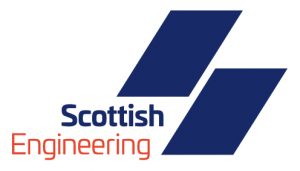Update on the Job Support Scheme 23/10/2020
We sent a members brief with summary headlines relating to the new Job Support Scheme. Further details have been issued today (including some more new terminology to understand) which will clarify what scheme may be relevant to you. Click here for the updated policy paper
The schemes will now be known as JSS Open for businesses who are maintaining operations at a reduced level due to the pandemic; JSS Closed for businesses that have been required to close under lockdown regulation.
As we briefed yesterday, Under JSS Open, an employee will need to work at least 20% (no longer 33%) of their normal hours. They will receive normal pay for the hours they work, and two-thirds of pay (which is capped at those earning more than £3,125 a month) for the hours they do not work. For that two-thirds top-up, the government will pay 61.67% (i.e. up to a maximum of £1,541.75 per month) and the employer will pay 5%, plus NI and pension contributions on the full amount. This reduces hugely the burden on the employer. As with furlough, there must be a written agreement between employer and employee agreeing to the proposal.
Under JSS Closed, the position remains that the employee will receive two-thirds of their normal wages, funded by the government (again, with a cap biting against those who earn more than £3,125pm). The employer will have to pay the NI and pension contributions on that amount. Again, there must be a written agreement between employer and employee, agreeing to the changes. This is effectively the furlough arrangement as was previously understood, though at 66% of salary (i.e. up to a maximum of £2,083.33 per month).
Employers can top up wages beyond the amounts provided for in the scheme – the initial view was that employers could not. You are not required to top up beyond the requirements of the scheme. The scheme is focussed on employers with fewer than 250 employees, though larger companies can apply providing they can demonstrate financial hardship caused by the pandemic.
Employers will claim in arrears for salary monies already paid. The first claims can be made from 8 December 2020 (ie 5 weeks after the scheme opens on 1 November) via an online portal, similar to the Coronavirus Job Retention Scheme. Employers cannot claim for an employee who has been made redundant or is serving a contractual or statutory notice period during the claim period. Any roles claimed for need to be ‘viable’. In the absence of further guidance at this point we cannot be assured whether this will apply to notice pay not related to redundancy.
To calculate the amount of pay: for employees who are paid a fixed salary, the ‘Reference Salary’ is the greater of:
- the wages payable to the employee in the last pay period ending on or before 23 September 2020
- the wages payable to the employee in the last pay period ending on or before 19 March 2020, this may be the same salary calculated under the CJRS scheme
For those who receive variable pay, the ‘Reference Salary’ is the greater of:
- the wages earned in the same calendar period in the tax year 2019 to 2020
- the average wages payable in the tax year 2019 to 2020; or,
- the average wages payable from 1 February 2020 (or the employee’s start date if later) until 23 September 2020
Please see the updated guidance at the above hyperlink for the full detail regarding the Reference Salary. We will update further if and when Treasury guidance is of benefit to you. As always, please contact us with any queries on the above.








